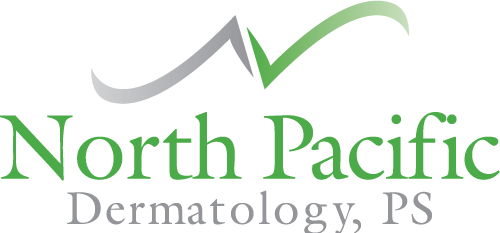Are You Dealing With Sebaceous Cyst Acne? How We Can Help
Acne affects millions of people around the world, and can be annoying and embarrassing. For people living with cystic acne, things can get a little more complicated. If you’re suffering from cystic acne, here are a few ways your dermatologist can help.
How to Identify and Treat Sebaceous Cyst Acne
Identifying Cystic Acne
The most important step to treating cystic acne is identifying it, which a dermatologist can help you with. Acne typically occurs when oil and dead skin cells get trapped in pores and hair follicles. There are also certain kinds of bacteria that may contribute to acne. Some of the most common areas you’ll find acne include the face, forehead, chest, upper back, and shoulders. When identifying acne, your dermatologist will look for whiteheads, blackheads, papules, pimples (pustules), and nodules. Unlike the pimples that typically occur with acne, sebaceous cysts are formed when keratin fluid is trapped near a damaged hair follicle or a blocked duct underneath the skin. This means that sebaceous cysts are under the skin, unlike pimples which typically form much closer to the outermost layer of your skin. When trying to identify cystic acne, your dermatologist will likely look for dome-shaped bumps on your skin. Sebaceous cysts most commonly appear on the scalp, face, neck, and back. When in doubt, trust a dermatologist to help you identify the problem.
Medicated Topical Treatments
Topical solutions are often the first avenue your dermatologist will recommend for acne treatment. The primary purpose of a topical acne medication is to reduce the appearance of bacteria that contribute to acne and to help reduce instances of clogged pores. Most topical acne treatments have an active ingredient like benzoyl peroxide or salicylic acid in them. In addition, these topical treatments often need to be applied once or twice daily for optimal results.
Isotretinoin Treatment
Isoretinoin is a prescription medication for severe cystic acne. When topical treatments, antibiotics, and other traditional forms of acne treatment aren’t working, dermatologists may turn to this product for their patients. Also known as Accutane, this product can result in permanent clearing of severe acne. That being said, there are a number of severe side effects that you need to review with your dermatologist before moving forward with this acne treatment. In addition, you should only pursue this treatment option under close supervision from your dermatologist.
Hormonal Birth Control
In some instances, severe cystic acne can be the result of hormonal imbalances in the body. For women suffering from cystic acne, hormonal birth control can be a viable treatment option. This is the kind of treatment that you’ll need to keep taking for an extended period of time, but it’s typically effective when acne stems from hormonal issues within the body. If you pair this with an antibiotic, you can often see favorable results. However, it’s best to consult both your dermatologist and gynecologist for the right birth control acne treatment.
At North Pacific Dermatology, we want to help you live your happiest acne-free life. If you have questions about how dermatology services can help you clear up your acne, set up a consultation with our team today.
